Laurence C. Smith - The World in 2050: Four Forces Shaping Civilizations Northern Future
Here you can read online Laurence C. Smith - The World in 2050: Four Forces Shaping Civilizations Northern Future full text of the book (entire story) in english for free. Download pdf and epub, get meaning, cover and reviews about this ebook. year: 2010, publisher: Penguin, genre: Romance novel. Description of the work, (preface) as well as reviews are available. Best literature library LitArk.com created for fans of good reading and offers a wide selection of genres:
Romance novel
Science fiction
Adventure
Detective
Science
History
Home and family
Prose
Art
Politics
Computer
Non-fiction
Religion
Business
Children
Humor
Choose a favorite category and find really read worthwhile books. Enjoy immersion in the world of imagination, feel the emotions of the characters or learn something new for yourself, make an fascinating discovery.
- Book:The World in 2050: Four Forces Shaping Civilizations Northern Future
- Author:
- Publisher:Penguin
- Genre:
- Year:2010
- Rating:5 / 5
- Favourites:Add to favourites
- Your mark:
The World in 2050: Four Forces Shaping Civilizations Northern Future: summary, description and annotation
We offer to read an annotation, description, summary or preface (depends on what the author of the book "The World in 2050: Four Forces Shaping Civilizations Northern Future" wrote himself). If you haven't found the necessary information about the book — write in the comments, we will try to find it.
Smith, a UCLA geography professor, explores megatrends through computer model projections to describe with reasonable scientific credibility, what our world might look like in forty years time, should things continue as they are now. Laying out ground rules for himself--including an assumption of incremental advances rather than big technology breakthroughs and no accounting for hidden genies such as a decades-long depression or meteorite impact--he identifies four global forces likely to determine our future: human population growth and migration; growing demand for control over such natural resource services as photosynthesis and bee pollination; globalization; and climate change. He sees the New North as something like America in 1803, just after the Louisiana Purchase... harsh, dangerous, and ecologically fragile. Aside from his observations of a profound return of autonomy and dignity to many aboriginal people through increasing political power and integration into the global economy, Smiths predictions, limited by his conservative rules, are far from earthshaking, and suspending his rules for a chapter, he admits that the physics of sliding glaciers and ice sheet collapses as well as melting permafrost methane release are beyond current models, and that even globalization could reverse, with political genies even harder to anticipate than permafrost ones.
Copyright Reed Business Information, a division of Reed Elsevier Inc. All rights reserved.
How will civilization change over the next 40 years if humanity balloons to nine billion, sea level rises by a foot and atmospheric temperature by several degrees, and globalization continues apace? From those assumptions, Smith, a university-employed geophysicist, posits answers with a focus on the Arctic Ocean and its coastline. Familiar with the Far North through scientific field trips, Smith embeds personal observations into his predictions about the effects of boreal warming. Becoming more accessible to ships, Arctic regions in Russia, Alaska, and Canada will experience a raw-materials bonanza, with oil, natural gas, minerals, and water resources likely to be exploited as permafrost melts and summer sea ice recedes. Festooned with data, his discussions of such prospects valuably avoid either environmental or industrial advocacy and lay a factual foundation for his readers to learn how demographic and economic trends in the worlds southerly population belts might influence development of the Arctic. Concluding with a half-dozen events that could upset his forecast, Smith exhibits trend-spotting skill in this readable account of the Arctic frontier. --Gilbert Taylor
Laurence C. Smith: author's other books
Who wrote The World in 2050: Four Forces Shaping Civilizations Northern Future? Find out the surname, the name of the author of the book and a list of all author's works by series.



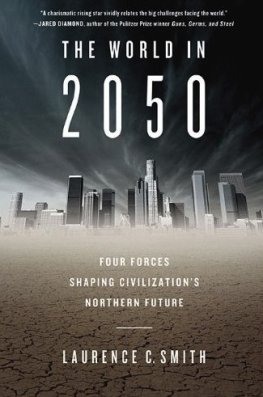
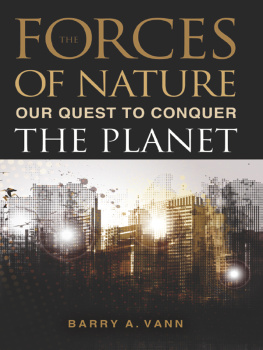
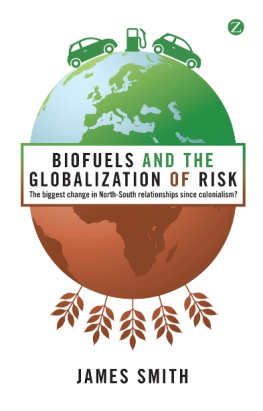

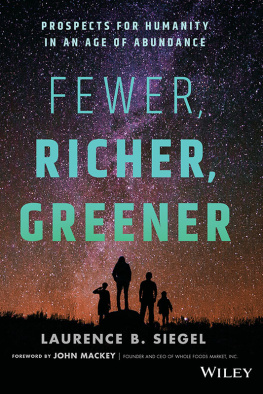

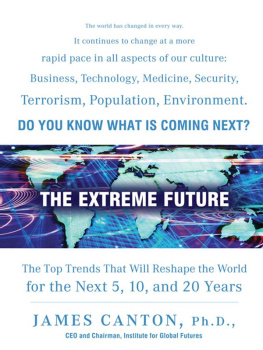
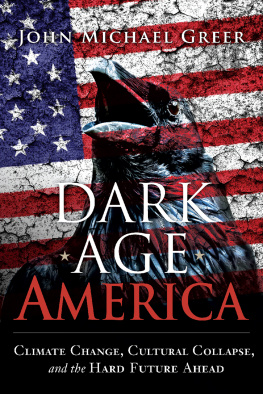
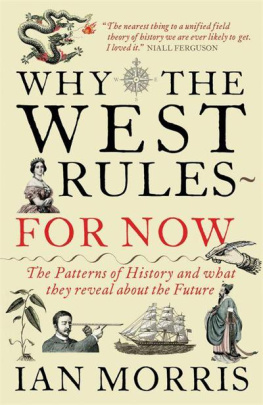


 REGISTERED TRADEMARKMARCA REGISTRADA
REGISTERED TRADEMARKMARCA REGISTRADA


